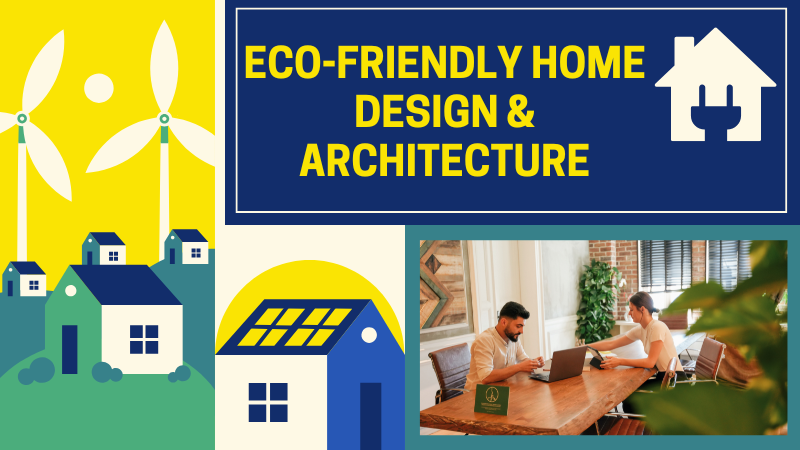Eco-friendly home Design, as a priority for homeowners in the reduction of carbon footprints within their homes to create energy-efficient spaces, is fast becoming a phenomenon. From Redwood City to Richmond and just about anywhere else, introducing green architectural principles can make incredibly meaningful changes.
This guide explains the elements that underpin eco-friendly home designs, the advantages of UPVC windows, and leading resources that can help you on the journey to a green home.
Why Choose Eco-Friendly Home Design?
Eco-friendly supporting home improvement is the perfect way to impact the environment as minimally as possible and be energy efficient. There are some key benefits:
- Less Energy Expenses: These materials reduce utility costs in an energy-efficient manner.
- Healthier Living Environment: The use of non-toxic materials ensures quality indoor air.
- Increased Home Value: Green-certified homes can fetch a higher price on the market.
- Reduced Carbon Footprint: By reducing energy input into sewage, sustainable homes lessen waste.
Key Elements of Sustainable Home Design

1. Energy-Efficient Windows and Doors
One of the easiest ways to increase a home’s efficiency is by installing UPVC windows. These windows achieve good insulation to save on energy bills by keeping the heat inside in winter while maintaining a cooler interior in summer.
Other benefits of UPVC windows:
- Good thermal efficiency
- Low maintenance and long-lasting quality
- Sufficient sound insulation
- Eco-friendly and recyclable materials
2. Materials of sustainable construction
The selection of materials that are recycled, locally sourced, or sustainably produced helps to diminish environmental impact. Some good options include:
- Bamboo flooring, which grows quickly and is renewable
- Reclaimed wood decreases deforestation and provides charm.
- Steel that has been recycled (strong and energy-efficient)
- Eco-insulation (for example, wool, cellulose, or hemp-based insulation).
3. Renewable energy & solar energy.
Installing solar panels is one of the best ways to harness renewable energy and cut electricity costs. Renewable energy panels are possible in other cities like Richmond and Redwood City.
- Other options include hot water solar collectors to reduce energy consumption further.
4. Easy Water Conservation Techniques
Water-efficient designs help in reducing wastage. Main water conservation strategies include:
- Low-flow toilets and faucets
- Rainwater harvesting systems
- Drought-resistant landscaping (xeriscaping)
5. Technology for Smart Homes
Energy efficiency and sustainability are improved by integrating automated systems, LED lighting, and smart thermostats.
Eco-Friendly Home Design in Redwood City & Richmond
Both Redwood City and Richmond have been witness to several green architecture projects, as loads of builders incorporated sustainable elements. Homeowners in the areas are now able to avail themselves of:
- Local green building programs
- Rebates for energy-efficient upgrades
- Community-driven sustainability initiatives
Top Resources for Eco-Friendly Home Design

For those seeking to expand their understanding or begin sustainable home initiatives, a selection of outstanding resources awaits exploration:
- S. The United States Green Building Council (USGBC) provides detailed information regarding LEED certification processes along with green building standards.
- Energy Star – Guides on energy-efficient home appliances.
- Local government sustainability offices – Most cities provide some incentives for other home improvement projects aimed at being eco-friendly.
Final Thoughts
It is worth investing in building or renovating your home from a green perspective-an investment not only in the planet but also in your own future. Such a home is sure to be more healthy and more efficient when the energy materials, use of sustainable design concepts, and smart home technology are employed.
Start your journey towards sustainable living today and make a positive impact—one eco-friendly choice at a time!










